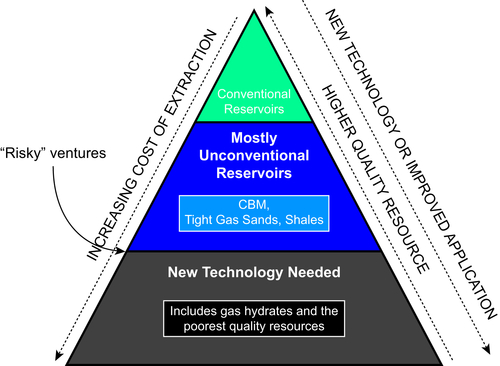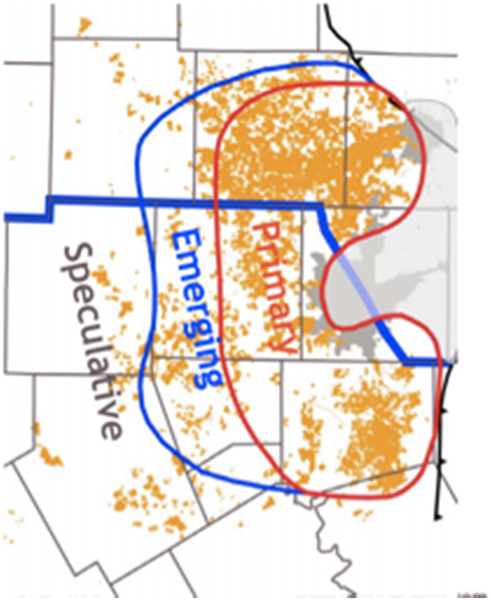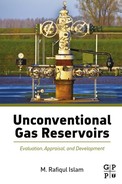Introduction
Abstract
Only recently it has become evident that natural gas provides one with great value with minimum impact on the environment. With the ongoing “gas crisis” in Europe and steep energy needs of China and India, the importance of natural gas is increasing tremendously in the global market. Unconventional gas reservoirs are responsible for about one-third of annual US natural gas production. In the global scale, unconventional gas reserves can add 60–250% to the proven gas reserves. This book explores the science behind unconventional gas and provides one with a basis that the realistic estimate of total available gas could easily exceed all estimates of the past. With newfound gas and technologies that harness it with environmental integrity, the world could easily see another 100 years of crisis-free energy outlook. This book paints a rosy picture that is supported by scientific basis and guides the readership to be able to discern between hype and hysteria involving petroleum resource management.
Keywords
Energy crisis; enhanced oil and gas recovery; non-Newtonian; reserve analysis; reservoir characterization; tight gas1.1. Summary
1.2. Unconventional to Mainstream: A Necessary Paradigm Shift


1.3. The Paradox of Unconventional Gas
1.4. Greening the Future of Unconventional Gas
1.5. Paradigm Shift in Reservoir Characterization
1.6. The Science of Unconventional Gas

1.7. Depicting the Future

